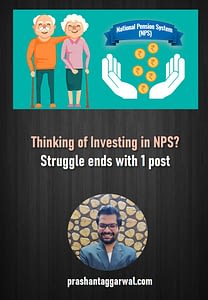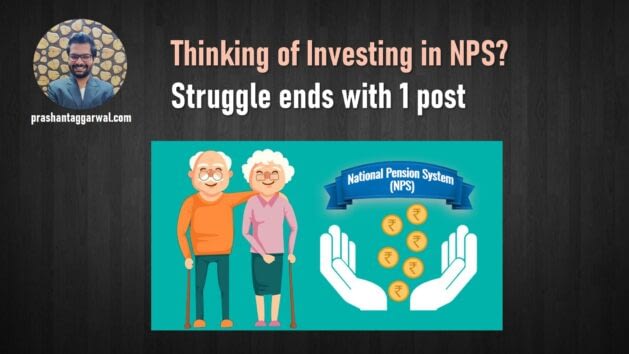Investing in NPS (National Pension Scheme)

The (NPS) National Pension Scheme is open to all eligible employees in the civil service, public sector, commercial sector, and the self-employed segment excluding those working in the Armed Forces, the National Health Service (NHS), and National Savings Credit Actuaries (NSCA) only. According to the provisions of the pension scheme, a certain percentage of salaries, fees, and other contributions are reserved for long-term benefits or the life insurance benefit. The benefit thus obtained is tax-free, which includes a provision for investment, and the earnings on such investments are not taxable according to the rules and regulations framed by the government. This tax benefit further increases the efficiency of the scheme, thus increasing the ROI for the investors.
Benefits
One of the major features of this pension scheme is the tax benefits. The reserved amount or benefit is invested in an array of assets through different means like a savings bank account, investment securities in the stock market, real estate, bonds, equities, derivatives, financial instruments, property, and many more.
A certain portion of the reserved amount is also diverted to the insurance sector for the purpose of providing life cover to the employees. Apart, from that, a portion of the income gained through the investments is reserved for the welfare of disabled persons who may be disabled and aged and require constant assistance for their day-to-day expenses. The Government also decides the rate of interest and the tenure of the pensions.
The benefits and the earnings of the investors are taxable under the income tax laws of India. The earnings of the investors are subject to taxation by the local authorities and state authorities depending upon the classification of income. Those people who are paying the high annual income tax of any other country can donate part of the reserved fund and get it exempted. However, the same cannot be done for the investments made by the super-rich as they are liable to pay 50% tax on the entire corpus. Those people who are paying low-income taxes can contribute a decided part of their income, that too without paying any tax, to get the reserved fund exempted.
IFA and IIA in NPS
The other two sections of the National Pension Scheme are – the IFA and the IIA. The IFA is the initial contribution of the investor towards the fund. There are three different groups – those earning below the consolidated income, those earning above the consolidated income, and those earning at or above the consolidated income. Under the IFA scheme, there is a maximum contribution of the national pension scheme towards the investment in individual plans. Under the IIA scheme, the same maximum contribution is made towards the investment in individual plans chosen by the participant.

Each of these three sets of beneficiaries has a unique set of investment options. Under the IFA the investments are made according to the choice of the beneficiary. The fund manager is a representative of the pension fund manager and his decisions are final. Under the IIA the investment options are specified by the governmental authorities of the country concerned.
The National Pension Scheme provides the same facilities to its Indian subscribers as it does to its foreign members. The main provision is tax-free deposits. This includes both the contributions and the earnings. The contributions are not taxed; the earnings on the other hand are liable for income tax and dividends. The benefits of the National Pension Scheme include – the facility of easy access to funds, the facility of easy access to information regarding the investments, the facility of easy access to the investment advisor, and the facility of easy access to the pension planning counselor.
Eligibility Criteria
The main eligibility criterion for the application of the National Pension Scheme is that the person must be of the age of eighteen years. Besides, the person should also be a citizen of the country. There is no restriction on the asset classes in the scheme. In the case of the government employees, there is only limited asset class restriction. The government employees are restricted to those assets that come under the list of government properties.
All the assets are classified into two broad categories-market and fixed assets. Both the asset classes are important for the smooth functioning of the scheme. The growth of the fund is also dependent upon the performance of the market instruments like – bonds, shares, and treasury bills. There are various other investment options available under the National Pension Scheme in India. These options include – life insurance, etc.
You can watch this video to understand this in more detail…
If you found my post helpful, then do share it with your friends and colleagues. If you have any feedback/questions, you may leave a comment below.

